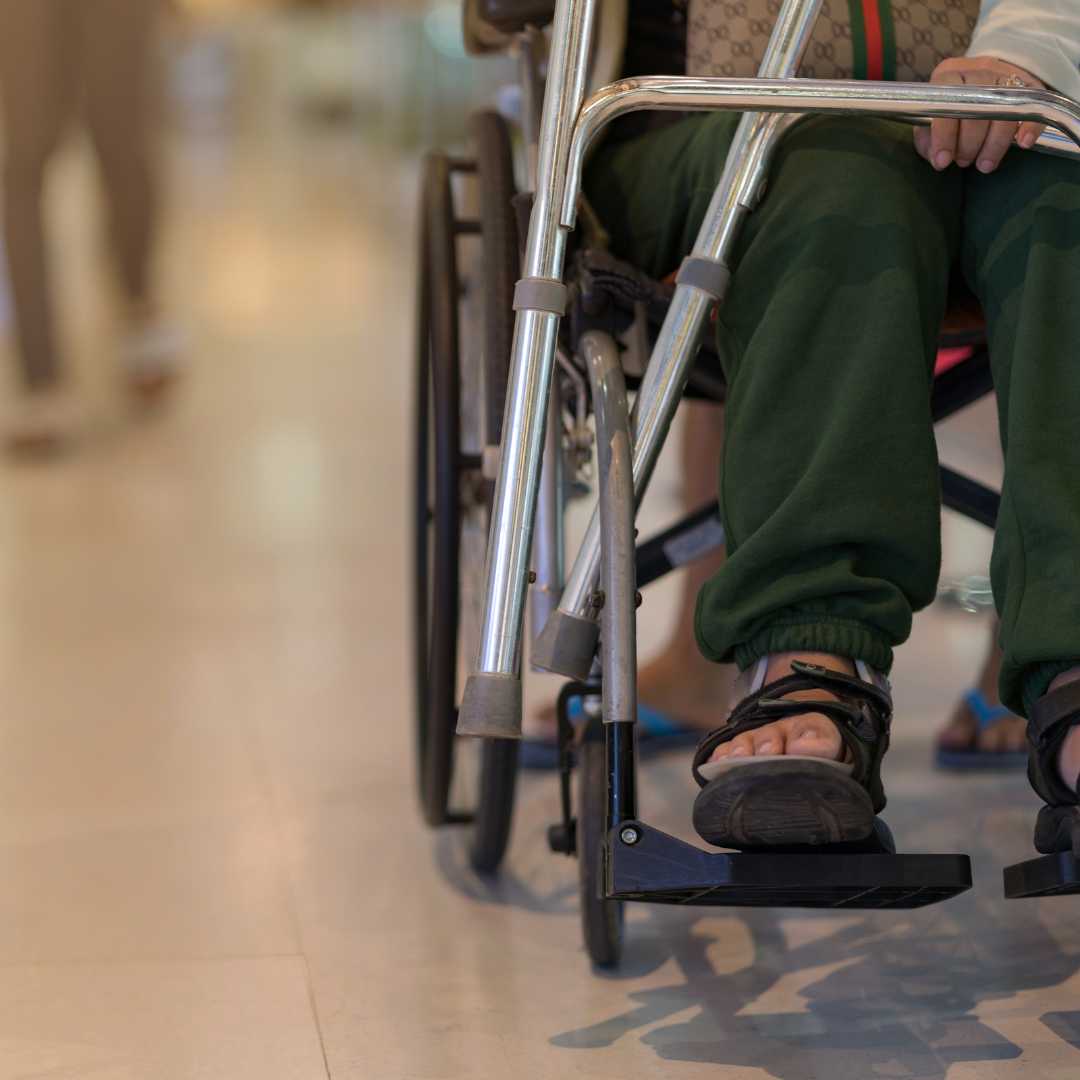Stem Cell Therapy for Knees: Explore Success Rate

The success rate of stem cell therapy for knees is estimated to be around 60-80% in reducing pain and improving joint function, based on current studies and patient reports.
Recently, stem cell therapy has emerged as a promising option for knee problems, aiming to reduce pain and improve joint function through regenerative techniques. But just how effective is this innovative therapy? This article dives into the success rate of stem cell therapy for knees, examining clinical outcomes, factors that influence success, and what the future might hold for this treatment.
What is Stem Cell Therapy for Knee Conditions?
Stem cell therapy for knees primarily involves using stem cells to repair and regenerate damaged joint tissues. The treatment usually focuses on mesenchymal stem cells (MSCs), which are known for their ability to differentiate into various types of cells, including cartilage, bone, and muscle. By injecting these cells directly into the knee joint, the goal is to promote healing and reduce inflammation, potentially delaying or even avoiding the need for more invasive procedures like knee replacement surgery.
Common knee conditions that stem cell therapy addresses include:
- Osteoarthritis: Degeneration of joint cartilage, leading to pain and stiffness.
- Tendon and Ligament Injuries: Injuries to tissues like the ACL or meniscus.
- Cartilage Damage: Resulting from wear and tear or acute injuries.
Success Rate of Stem Cell Therapy for Knees
Clinical studies and patient reports indicate that the success rate of stem cell therapy for knees ranges from 60-80% in reducing pain and improving mobility. Here’s a closer look at the data supporting these rates:
-
Pain Reduction: Many studies report that stem cell therapy reduces knee pain significantly. In some trials, up to 80% of patients experience a noticeable decrease in pain levels within 6-12 months of treatment, often reducing or eliminating the need for pain medication.
-
Improved Mobility and Joint Function: Approximately 60-75% of patients see improvements in their knee’s range of motion and joint functionality. This enhanced mobility can lead to an improved quality of life, allowing individuals to participate in activities that were previously limited due to pain or stiffness.
-
Delay of Surgery: A promising outcome of stem cell therapy is its potential to delay the need for knee replacement surgery. Some studies suggest that up to 70% of patients who undergo stem cell therapy are able to postpone or avoid surgery for several years following treatment.
-
Cartilage Regeneration: Although cartilage regeneration is challenging, some studies show evidence of cartilage repair in MRI scans post-treatment, although this is less common and depends on factors like age and the severity of cartilage damage.
These success rates are encouraging, though they vary based on individual factors, the source of stem cells, and the delivery methods used.
Top Clinics for Stem Cell Therapy for Knees Around the World
|
Clinics |
Countries |
| Slovakia | |
| Dr. Omar Gonzalez Integra Medical Center |
Mexico |
|
Mexico |
|
|
Mexico |
|
|
Thailand |
Factors Influencing the Success Rate of Stem Cell Therapy for Knees
The effectiveness of stem cell therapy for knee issues can be influenced by several key factors:
-
Age and Overall Health: Younger patients and those with fewer health issues often experience better results, as their cells are more regenerative.
-
Stage of Knee Condition: Stem cell therapy is more effective in the early to moderate stages of knee osteoarthritis. Advanced cases with severe cartilage damage may have a lower success rate.
-
Source of Stem Cells: The type of stem cells used, whether derived from the patient’s bone marrow or adipose tissue (fat), can impact the effectiveness. Bone marrow-derived cells are typically preferred for orthopedic uses due to their high regenerative potential.
-
Injection Technique: The method used to deliver stem cells to the knee joint also plays a role. Guided techniques, such as ultrasound or fluoroscopy, ensure accurate placement, potentially increasing effectiveness.
-
Lifestyle and Rehabilitation: Post-treatment care, including physical therapy and maintaining a healthy lifestyle, enhances the therapy’s success and helps maintain positive results over time.
The Risks and Limitations of Stem Cell Therapy for Knees
While the success rates are promising, stem cell therapy for knees is not without its risks and limitations. Some common considerations include:
- Limited Longevity: The effects of stem cell therapy may last a few years but may not be permanent, particularly for patients with advanced conditions.
- Risk of Infection: Although rare, there’s a small risk of infection associated with injections, especially if not performed in a sterile environment.
- Inconsistent Results: Results can vary widely from patient to patient. Some people experience little to no improvement, which could be due to individual factors or differences in cell processing.
Despite these limitations, stem cell therapy remains a minimally invasive option that provides relief to many, and ongoing research aims to refine these treatments for better, longer-lasting results.
Current Research and Future Prospects
Stem cell therapy is still evolving, and research is ongoing to improve its effectiveness for knee treatment. Some recent advancements include:
-
Combination Therapies: Studies are exploring combining stem cell injections with other therapies like PRP (platelet-rich plasma) to boost the treatment’s regenerative effects.
-
Encapsulation and Scaffold Techniques: Researchers are developing techniques to encapsulate stem cells or use scaffolds to help cells stay in place and regenerate tissue more effectively within the knee joint.
-
Genetic Modifications: Genetic engineering of stem cells could potentially improve their survival and effectiveness, making treatments more reliable and accessible in the future.
As the technology and understanding behind stem cell therapy continue to progress, it’s likely that the success rates for knee treatments will improve, offering even greater hope for those with chronic knee conditions.
Explore More About Offering Stem Cell Therapy for Knees Around the World
Stem cell therapy offers a promising option for treating knee conditions like osteoarthritis and ligament injuries, with success rates between 60-80% in reducing pain and improving joint function. While it’s not a guaranteed solution for everyone, many patients report improved mobility, reduced pain, and a higher quality of life post-treatment. By understanding the factors that influence success, risks, and ongoing advancements in the field, patients and healthcare providers can make informed decisions about whether stem cell therapy is the right choice. As research advances, this regenerative treatment may become an even more effective and accessible solution for chronic knee pain.














